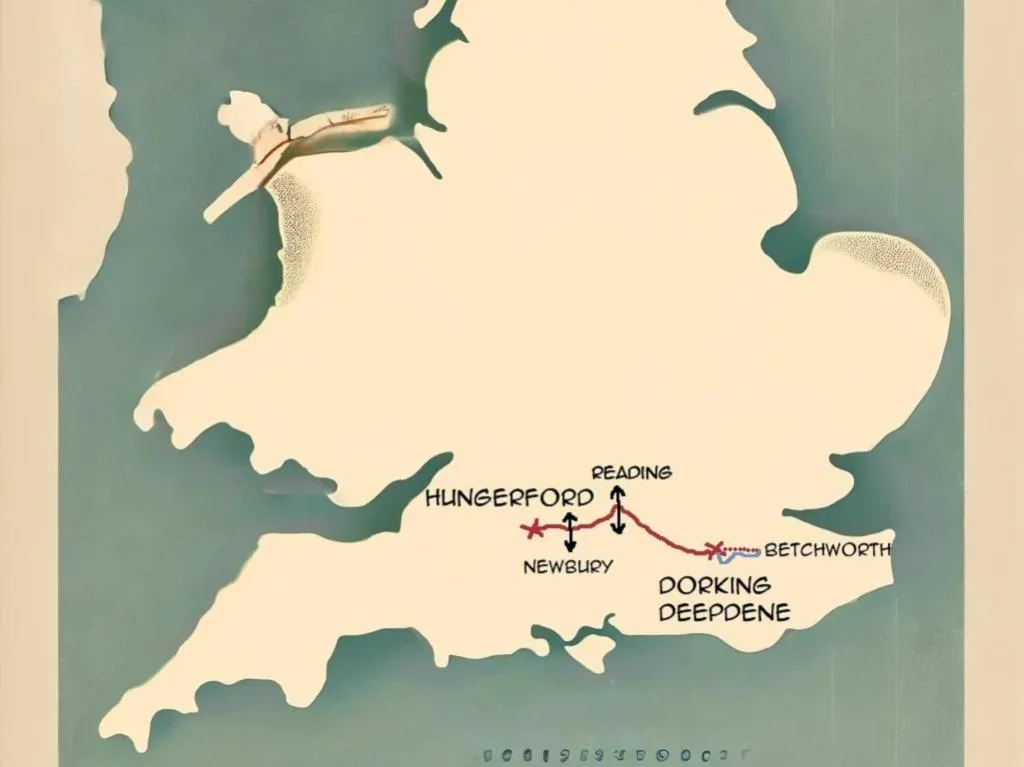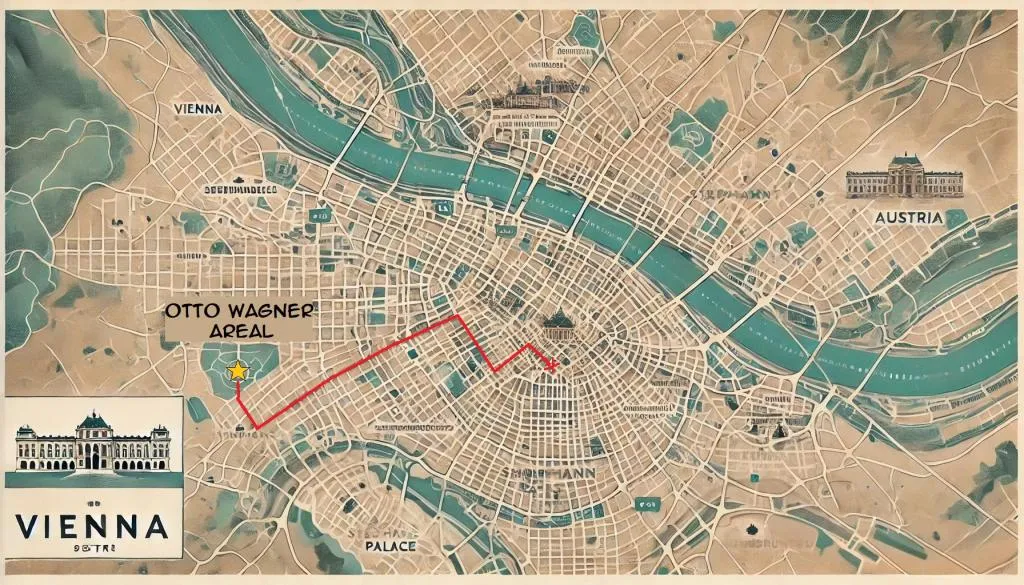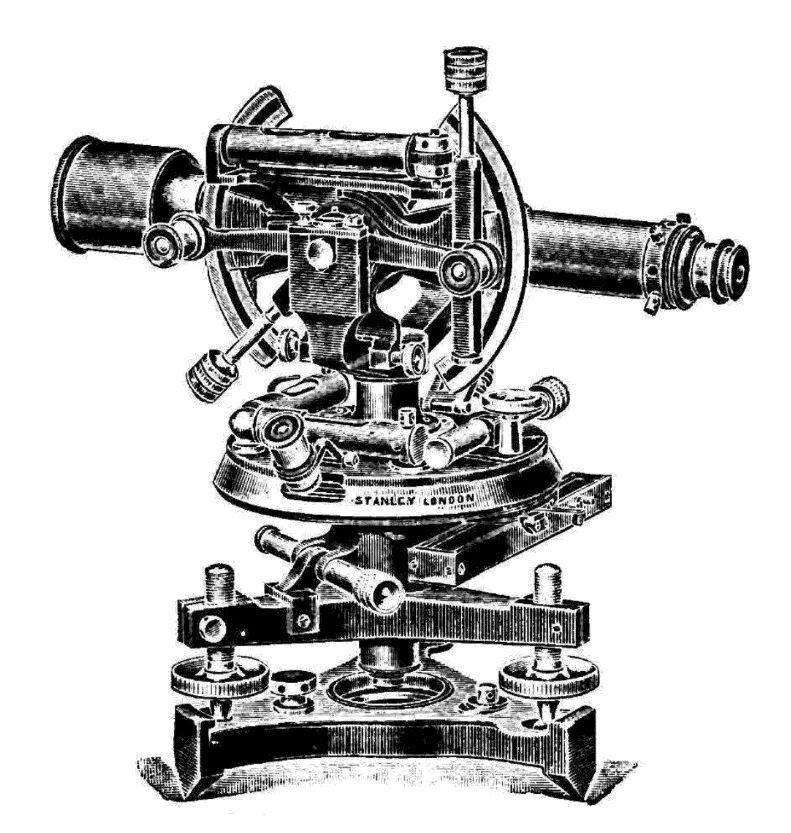Antique Quest Chronicles: Unearthing a Rare Theodolite at Hungerford Arcade Antiques & Collectibles
Join me on a journey to Hungerford, a town steeped in history and brimming with antique treasures. In this episode, I explore the renowned Hungerford Arcade Antiques & Collectibles, where I uncover a rare brass theodolite and a vintage miner’s lamp, each with its own fascinating backstory.
Get ready to delve into the heart of one of England’s most vibrant antique scenes. From the cobbled streets of Hungerford to the treasure trove of artifacts hidden within the Arcade, this adventure promises not just discoveries, but the thrill of holding history in your hands.

Source: by Stable MARK - own work
Table of Contents
Hungerford: The Gateway to Timeless TreasuresA Visit to Hungerford Arcade Antiques & CollectiblesThe Discovery of a Rare Brass TheodoliteAn Unexpected Find: The British Coal Miners Oil LampA Lesson in PersistenceStay TunedHungerford: The Gateway to Timeless Treasures
Every journey into the world of antiques begins with a sense of wonder, an eagerness to uncover the stories that time has carefully tucked away. This time, my compass pointed toward Hungerford—a quaint market town whose cobbled streets are rich with echoes of bygone eras.
With each step, I felt myself drawn closer to the treasures hidden within its historic walls. What would I discover? Perhaps a relic of a forgotten time or an artifact with a story waiting to be told. One thing was certain: Hungerford promised to add another unforgettable chapter to my Antique Quest Chronicles.
At the end of January 2024, I booked an early flight to London Gatwick Airport, and from there, I made my way to Hungerford via the Great Western Railway. The town, located in West Berkshire, England, boasts a history dating back to the Anglo-Saxon era. Its name, believed to derive from "Hunger's Ford," hints at its origins as a crossing point over the River Dun. Hungerford's prosperity grew during the medieval period, thanks to its strategic location along the historic coaching route between London and Bath, making it a vital stop for travelers and traders.
Hungerford's economic growth was further bolstered by a vibrant cloth and wool trade during the 16th and 17th centuries, establishing it as a bustling center of commerce. Today, Hungerford is celebrated not only for its picturesque surroundings but also for its thriving antique trade, with numerous shops and fairs attracting enthusiasts from far and wide.
A Visit to Hungerford Arcade Antiques & Collectibles
This concentration of antique centers and shops, combined with a wealth of positive reviews, made Hungerford the perfect destination for my next journey.

Source: by Stable MARK - own work
My first stop was Hungerford Arcade Antiques & Collectibles, established in 1972. This cornerstone of Hungerford's antique scene is located on the High Street, right in the heart of town. Spanning two floors, the Arcade houses over 100 dealers offering a diverse array of treasures from different eras. Visitors can explore an eclectic mix of items, from fine jewelry and vintage clothing to rare books, military memorabilia, and unique collectibles. Notably, Hungerford Arcade is an award-winning Antiques Centre and was voted the UK's Best Antiques Centre by BBC H&A magazine.
Owned by Adrian and Hazel Gilmour since 2011, the Arcade has become a must-visit destination for antique enthusiasts, known for its welcoming atmosphere and the wealth of historical artifacts waiting to be discovered.
The Discovery of a Rare Brass Theodolite
I arrived at the center around noon, and it was already bustling with activity. Behind the cash desk, two ladies welcomed me warmly. Although they were busy with other clients, I immediately began my search.
The center was one of the largest I had visited at that point. The layout was typical for antique shops, with cabinets holding precious jewelry near the cash desk and aisles filled with boxes from various dealers showcasing their items.

Source: by Stable MARK - own work
The first item that caught my attention was a brass theodolite. Upon closer inspection, I realized it was made by Stanley of London, likely produced around 1920. This particular theodolite stands out for its high quality, a result of being specifically manufactured for the Ministry of Agriculture and Fisheries. The Ministry’s marking, along with serial number C29, confirms its official use, making it a unique find among the many antique theodolites on the market.
William Ford Robinson Stanley (1829–1909) founded Stanley of London and was a pivotal figure in the development of surveying instruments during the 19th century. His enhanced English theodolite was known for its accuracy and durability, making it a preferred choice for professional surveying.
This particular theodolite comes in a sturdy mahogany case with a label indicating it was repaired and adjusted on 27.04.1961. Its historical significance, combined with its excellent condition, suggests it could be worth around €390.
An Unexpected Find: The British Coal Miners Oil Lamp
As I continued my search through the corridors of the antique center, I noticed an old miner’s lamp. It was genuine and authentic but not in working condition. Knowing these lamps are highly desirable for home interiors, I was eager to find one in better shape. I didn’t see any others, so I decided to ask one of the ladies at the cash desk.
When I mentioned I was looking for a miner’s lamp, she assured me there should be at least one more in the center. It was impressive how well she knew the stock among the thousands of items they hosted. We searched together, and after a few minutes, she found it.

Source: by Stable MARK - own work
The lamp was a vintage oil lamp produced by the British Coal Miners Company in Wales. This classic example of a paraffin miner’s lantern, used in the early to mid-20th century, was designed to be durable and reliable. It features a robust metal construction, typical of miner lamps from this period, with a hook for easy attachment to a miner's belt or work area.
The history of miner's lamps is closely tied to the Industrial Revolution and the dangerous conditions of coal mining. These lamps were crucial in preventing explosions caused by igniting flammable gases, a common hazard in coal mines. The British Coal Miners Company, which operated during the era of the National Coal Board (NCB), played a significant role in supplying these vital safety tools.
This particular lamp was well-preserved, with its original metalwork and hook intact. The condition of the lamp suggested it had been carefully maintained, making it a valuable piece for collectors or those interested in industrial history. In pristine condition, this miner’s lamp could be worth approximately €106.
Learn more and make it yours today!
A Lesson in Persistence
After finding these two remarkable items, I didn’t come across any other pieces that would fit in my backpack. Or perhaps I just missed them. The fact that I needed help to find the miner’s lamp, despite thinking I had thoroughly searched every corner of the center, taught me a valuable lesson: always make a second round after two or three hours. You might spot items you didn’t notice the first time.
With the theodolite and lamp in hand, I returned to the cash desk to pay. As the theodolite's price was above 100 pounds, I asked the ladies if they could call the dealer to request a discount. They were very accommodating and managed to arrange a 10% discount for me.
As I paid, we chatted about Hungerford as a tourist and antiques spot. The ladies were pleased to hear that I had traveled all the way from Vienna specifically to visit their shop.
I left Hungerford Arcade Antiques & Collectibles very satisfied with my purchases. Finding two items with significant value margins was a promising start, bringing me closer to covering the expenses of my expedition.
Stay Tuned
Stay tuned for the next episode of my Hungerford Odyssey, where I discover a rare antique whistle with a significant historical background. Until then, happy hunting!
Share this article
You may also like










